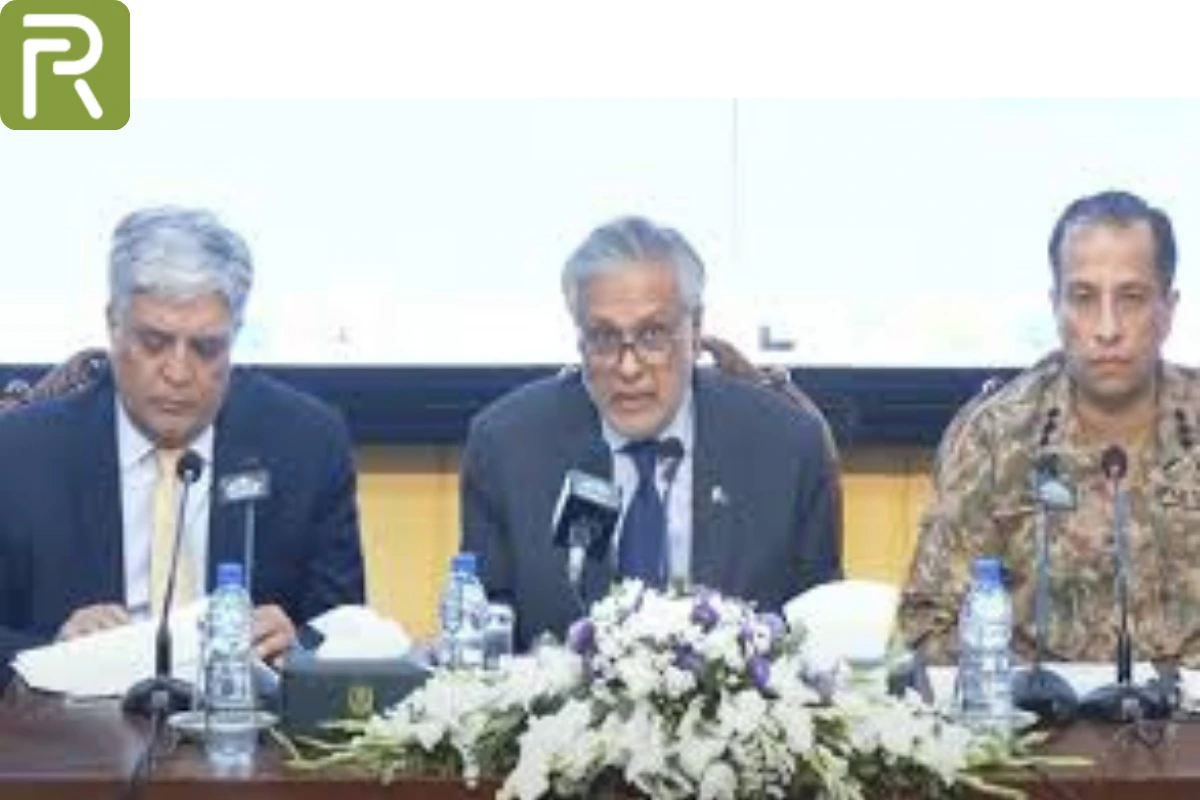Islamabad threatened sternly against any potential New Delhi military strike, pushing the long-standing India-Pakistan tensions to a boiling point. Pakistan’s leadership vowed a “strong, decisive” response to any attack in Wednesday’s briefing. Deputy PM Ishaq Dar rejected India’s Pahalgam accusations as “baseless and politically motivated.” Military officials joined him. They also reiterated Pakistan’s right of self-defence under international law. Pakistan’s Response to Indian Aggression
Tensions rose after Pakistan reported “credible intelligence” of planned Indian military action within 24-36 hours. Lt. Gen. Chaudhry stated Pakistan could repel any aggression. He warned war would be “India’s choice” but Pakistan would decide the outcome. Islamabad rejected mediation from Saudi Arabia and Iran. It demanded a neutral Pahalgam attack investigation.
As the nuclear-armed neighbours are kept on red alert, the rest of the world holds its breath. This in-depth analysis delves into Pakistan’s complex reaction to Indian aggression, ranging from diplomatic measures to military mobilization, geopolitical interests, and future possible development.
See More: Pahalgam Attack
Pakistan’s Diplomatic Warnings and International Outreach
Pakistan unleashed a fierce diplomatic battle to discredit India’s version of events and de-escalate tensions. Foreign Minister Ishaq Dar’s press conference was well-timed to advance Islamabad’s perspective to world audiences and influential stakeholders.
The Legal Case for Self-Defense
Pakistan’s application of Article 51 of the UN Charter was an intentional legal strategy. By taking its position in international law, Islamabad attempted to pre-justify any future intervention by force and position itself as the responsible one. Legal experts note this establishes a written precedent. Consequently, any escalation would complicate India’s justification for offensive action. Moreover, invoking self-defense rights clearly warns New Delhi about potential consequences. Importantly, this strategic move strengthens Pakistan’s legal position while deterring aggression.
Refusal to Mediate, Requesting Investigation
Islamabad’s rejection of Saudi and Iranian mediation proposals is working in its strategic interests. Pakistan maintains that the first requirement is a neutral probe into the Pahalgam attack and not negotiations. This has a twofold purpose: it keeps pressing India to come up with evidence to support its claims without getting entangled in possibly disadvantageous negotiations. The demand for forensic testing by impartial hands is an effort to place diplomatic onus on New Delhi.
Global Outreach and Coalitions
Pakistan has briefed its major allies, such as the US, China, and EU members, actively on its concerns. Such engagement is done for multiple reasons: it keeps international stakeholders informed about what’s happening, keeps India in line by putting pressure, and puts Pakistan’s narrative out first in front of global audiences. Emphasizing “credible intelligence” regarding possible Indian military action is an attempt to catch out any unexpected escalation.
Strategic Posturing and Military Readiness
The Pakistani army has taken on a posture of public preparedness with calibrated, measured messages meant to discourage aggression without creating unnecessary escalation.
The Doctrine of Offensive Defense
Lt. Gen. Chaudhry’s utterance is the continuation of Pakistan’s traditional approach of rapid, disproportionate reprisal against aggression. The so-called “offensive defence” is designed to dissuade attack by threatening to visit horrible punishments. Recent troop and equipment mobilization along the LoC is an expression of operational preparedness without provoking overt moves that would set war alight. Military experts affirm this posture enhances Pakistan’s ability to retaliate at its own time and place if necessary.
Nuclear Deterrence in the Mix
Pakistan maintains nuclear capabilities as its ultimate deterrent against large-scale Indian aggression. However, Islamabad carefully avoids explicit nuclear threats. Instead, it maintains strategic ambiguity through measured warnings. These warnings promise only a “decisive” response. Consequently, this approach prevents Indian miscalculation while avoiding public panic. Moreover, recent satellite imagery shows normal activity at nuclear facilities. Thus, the nuclear threshold remains distant currently.
Pakistan’s Response to Indian Aggression
Cyber and Asymmetric Readiness
Pakistan has likely activated its cyber defence and intelligence networks alongside regular forces. Moreover, during heightened tensions, increased cyber surveillance and low-intensity actions typically occur. Furthermore, the military’s reference to “all domains” of war shows readiness for unconventional warfare. Specifically, this includes information warfare, where Pakistan aims to counter India’s narrative dominance.
Refuting India’s Narrative: Pahalgam Attack Controversy
Pakistan has vigorously challenged India’s Pahalgam attack narrative. Moreover, it employs evidence-based counterarguments. Additionally, Islamabad utilizes strategic communication to strengthen its position.
Differing Timelines and Evidence
The Foreign Office’s emphasis on the implausibly quick police report is a sharp tactic of disproof. Emphasizing how the nearest police station was just 30 minutes from the location of the attack and then, within 10 minutes of an accusation involving Pakistan. Islamabad is bringing rational doubt to India’s narrative. Islamabad has resorted to this effective tactic used in the past as well, where inconsistencies of timings assisted Pakistan to disprove Indian claims with regard to global sentiment.
The Call for International Investigation
Pakistan’s call for a UN-supervised investigation has a few ends in view. It places Islamabad in the limelight and presents it as confident, presenting it as innocent and keen to get things right. Moreover, non-compliance makes India appear uneasy, suggesting New Delhi has something to hide. Furthermore, demanding forensic examination raises evidentiary standards significantly. Importantly, investigators understand attack traces often prove inconclusive in such cases.
Busting the Disinformation Campaign
By referring to India’s accusation as a component of an “outlandish disinformation strategy.” Pakistan attempts to paint the whole furore as election-season political rhetoric. This move appeals to foreign observers who are sensitive to pre-election rhetoric in India. The military’s proposal to provide “empirical facts” to investigators provides a semblance of transparency. And demands India present similar tangible evidence. Pakistan’s Response to Indian Aggression




